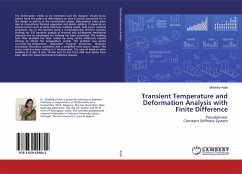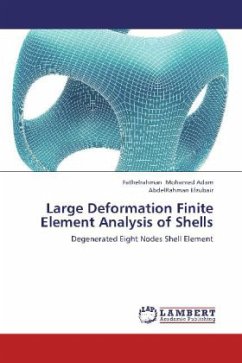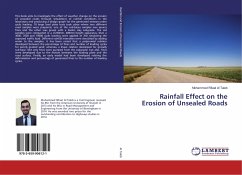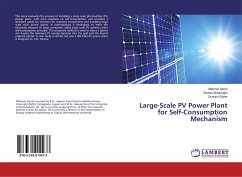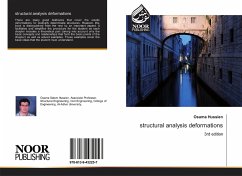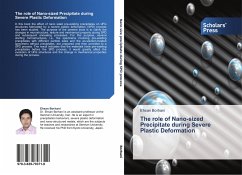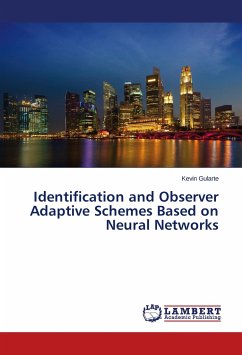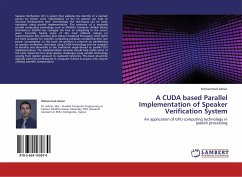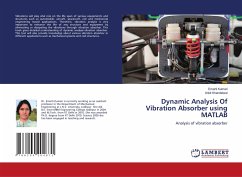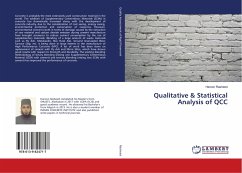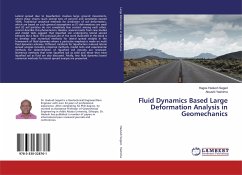
Fluid Dynamics Based Large Deformation Analysis in Geomechanics
Versandkostenfrei!
Versandfertig in 6-10 Tagen
36,99 €
inkl. MwSt.

PAYBACK Punkte
18 °P sammeln!
Lateral spread due to liquefaction involves large ground movements, where shear strains reach several tens of percent and sometimes exceed 100%. Traditional analytical methods for prediction of soil deformation, which are based on such general assumptions as (1) deformations are small and (2) soil particles do not completely lose contact among each other, cannot describe this phenomenon. Besides, several results from case studies and model tests suggest that liquefied soil undergoing lateral spread behaves like a fluid. The principal aim of the work illustrated in this book is to develop new n...
Lateral spread due to liquefaction involves large ground movements, where shear strains reach several tens of percent and sometimes exceed 100%. Traditional analytical methods for prediction of soil deformation, which are based on such general assumptions as (1) deformations are small and (2) soil particles do not completely lose contact among each other, cannot describe this phenomenon. Besides, several results from case studies and model tests suggest that liquefied soil undergoing lateral spread behaves like a fluid. The principal aim of the work illustrated in this book is to develop new numerical methods for lateral spread analysis in the framework of fluid dynamics where a particular emphasis is made on multi fluid dynamics schemes. Different methods for liquefaction induced lateral spread analysis including empirical methods, model tests and experimental methods for determination of liquefied soil viscosity are reviewed. Numerical methods that treat liquefied soil as solidand those that treat liquefied soil as fluid are also discussed. Finally, two fluid dynamics based numerical methods for lateral spread analysis are presented.



